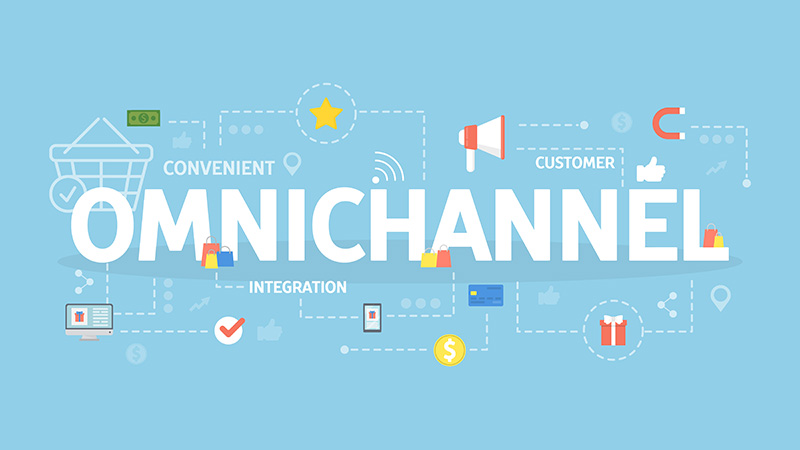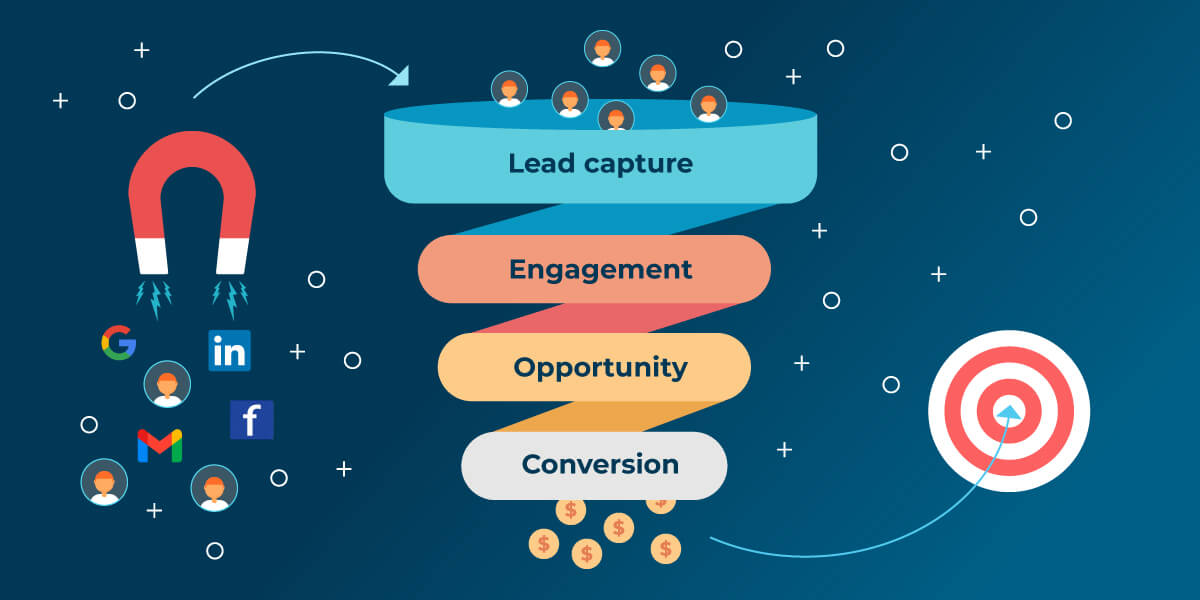Omnichannel Strategy and eCommerce Headless Infrastructure

In today’s rapidly evolving digital landscape, businesses are constantly seeking ways to enhance their online presence and streamline customer experiences. One strategy that has gained significant traction is omnichannel strategy consulting, coupled with eCommerce Headless Infrastructure. This blog delves into why it’s crucial to embrace omnichannel approaches and leverage headless commerce for a seamless customer journey.
Why it is time to be Omnipresent
The digital era has ushered in a new age of consumer expectations. Customers now expect brands to be omnipresent, offering a consistent and personalized experience across all touchpoints, be it online, mobile, or in-store. This necessitates a shift from traditional multichannel approaches to omnichannel strategies that unify the customer experience.
Multichannel & Omnichannel – what’s the difference?
While multichannel focuses on establishing a presence across various channels, such as websites, social media, and physical stores, omnichannel goes a step further by integrating these channels seamlessly. Omnichannel ensures a cohesive experience where customers can transition between channels effortlessly, maintaining continuity in their interactions with the brand.
So, why Omnichannel?
The benefits of omnichannel strategies are manifold. They lead to higher customer satisfaction, increased engagement, and improved brand loyalty. By understanding customer behavior across channels, businesses can deliver targeted and personalized experiences, driving conversions and revenue growth. It’s all about delivering a great customer experience wherever your customers wish to interact with your company and offering. There’s a big emphasis on the latter half of this sentence: it doesn’t make sense to just be anywhere. Brands need to think about the right place and time to interact with their customers, and how their customers actually want to interact with the brand. Brands that do this well, have a competitive advantage. They will reach more potential customers, deliver better experiences, and thus form stronger and longer-lasting relationships with their buyers.
An Omnichannel example
Consider a retail brand that implements omnichannel strategies. A customer browsing products on their mobile app can seamlessly transition to the website to make a purchase. If they visit a physical store, their preferences and past interactions are readily available to the sales staff, enabling personalized recommendations and a frictionless shopping experience. So, what does an omnichannel strategy look like in implementation? For this example, I have chosen a company that’s decidedly not all about the “classic” eCommerce business model of selling products. Instead, we will take a look at what Disney does with their resorts and theme parks.
Implications for the modern eCommerce setup
For eCommerce businesses, adopting an omnichannel approach requires a robust infrastructure that can support seamless integration and data synchronization across channels. This is where headless commerce comes into play. I hope you see the value in the omnichannel approach now. Maybe you already have ideas about how you can connect different touch points to deliver an exciting experience around your products, and you are itching to get started. If this is the case, then now is an opportune time to look at what kind of tools you need to get going.
What is Headless commerce?
Your commerce platform is the brain of your commerce operations and should be flexible enough to accommodate your business case. It should be able to handle the main components of eCommerce: the order process, customers and stock keeping. Headless commerce decouples the front-end presentation layer from the back-end infrastructure, allowing for greater flexibility and agility in delivering content and functionality. It empowers businesses to create immersive customer experiences while leveraging various front-end technologies and touchpoints.
Some components to think about
Enterprise Resource Planning (ERP):
An integrated ERP system is crucial for managing core business processes, including inventory management, order fulfillment, and customer data. It ensures data accuracy and consistency across channels. Commerce platforms are designed and built to help you sell. However, their features might fall short when it comes to managing resources and processes inside your business. This is why many businesses rely on ERP systems to facilitate order picking, packing, shipping and many other processes in the background.
Content Management System (CMS):
A flexible CMS enables content creation, management, and delivery across multiple channels. It plays a pivotal role in delivering engaging and relevant content to customers. If you have a lot of content in the form of text, images or videos, you will want to have a central place to store and edit them. This is typically your CMS, which integrates with your channels to deliver your message everywhere consistently.
Product Information Management (PIM):
A centralized PIM system facilitates the management and enrichment of product data. It ensures that accurate and up-to-date product information is available across all channels, enhancing the overall customer experience. Similar to content, product information can get arduous to spread and update through multiple touch points if you don’t have a central place to save and edit it. A PIM helps you to do just that.
By integrating these components seamlessly, businesses can create a cohesive ecosystem that supports omnichannel experiences and drives business growth.
In Conclusion,
Embracing Omnichannel Strategy and eCommerce Headless Infrastructure is imperative in today’s digital landscape. Businesses that prioritize omnichannel experiences and leverage headless commerce stand to gain a competitive edge, delivering superior customer experiences and driving sustainable growth. As businesses navigate this complex terrain, partnering with an Omnichannel Consultant can provide invaluable insights and expertise, ensuring a successful omnichannel strategy implementation.









